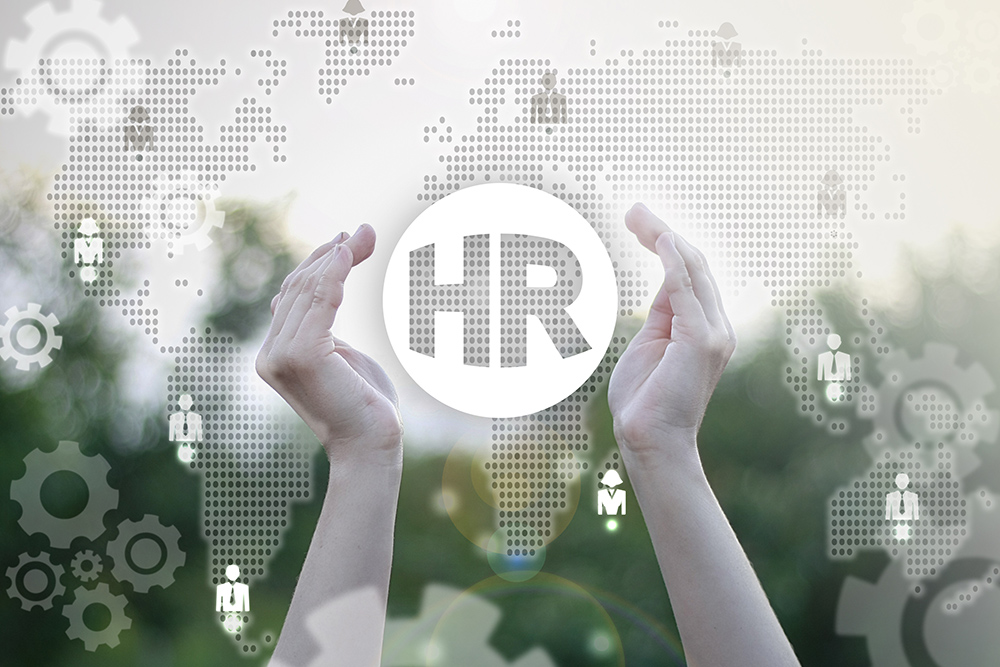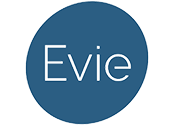HR is business critical, and I don’t just mean payroll and benefits. Deloitte Digital’s “2020 Human Capital Trends Report,” which draws on the insights of nearly 9,000 survey respondents from 119 countries, recognizes HR as a “core piece of the organizational fabric” and a driving force in shaping the future of the enterprise and the future of work.

Since March 2020, the coronavirus pandemic has not only accelerated the need and pace of transformation (by five times, according to Microsoft’s CEO) but also added multiple new dimensions to the challenge. HR teams have shouldered the burden of ensuring frontline employees’ safety, handling a sudden cycle of layoffs, and rehiring, as well as managing employee mental well-being and team cohesion during a sudden and massive shift to remote work.
As 2020 winds down and we begin to set objectives for the new year, HR tech continues to be a crucial part in empowering HR teams to cope with post-COVID work patterns, and the right HR tech strategy will supercharge HR teams with greater productivity, agility, and flexibility to enable rapid responses to an increasingly volatile and uncertain environment in 2021.
To help you manage the transition, I would like to offer the following guide to HR tech options. My hope is they ease your workload and lay the groundwork for changes that began long before the pandemic.
Systems of Intelligence—The Key to Enabling Super Teams
Tech in HR has traditionally been about systems of record—HR databases of candidate and employee profiles, coupled with rules about compensation, leave tracking, and payroll. These systems are huge and complex, and deployment is both slow (over a year is not uncommon) and incredibly expensive.
In addition, despite more than a decade of deploying (and migrating to) such systems, a McKinsey report found that 60% of HR’s time is spent on transactional and operational matters, leaving little head space for the strategic, relationship-based and high-value work that only people can do. Productivity has been stagnant or falling, and people are suffering from “new tool” fatigue.
How did we get here? As a second wave of tools augmented incumbent systems of record, people have been reduced to “feeding the machine”—entering data, selecting from a plethora of drop-down options, and updating records as things happen in the real world.
As someone who has worked at global-scale companies like Yahoo! and supported Fortune 500 firms like Siemens, I can say with firsthand experience that actually using these systems is a painful and mind-numbing experience.
This is why HR tech in 2021 and beyond is about systems of intelligence. These systems, as the vanguard of the third wave of HR tech, are autonomous and human-focused. They combine immense power and complexity with radical simplicity and ease of use.
Rather than forcing steep learning curves, they excel at working with human team members to run basic repetitive administrative operations, freeing HR teams from checklists and process workflows and allowing them to focus on the people, relationships, and strategy throughout every stage of the candidate and employee life cycle.
A great way to think about this shift is to use the analogy of a self-driving car. It’s an intelligent system that allows people to focus on the objective (“I need to get from A to B”) and, once given an instruction, takes over and handles the myriad details, getting the job done with the expertise of best-practice driving techniques—a digital chauffeur, if you will.
If this scenario sounds a little like science fiction, let me assure you that it’s not. A digital HR operations assistant is well within reality today.
Autonomous solutions already exist for sourcing, screening, and even interview scheduling. As overlay systems that are best of breed, these solutions work with existing systems of record. They speak machine and collaborate naturally with people, making them nimble, lightweight, and quick to deploy (days or weeks). Best of all, they require little or no training, are unencumbered by integration issues, and are capable of executing complex business processes in real time.
The upshot of systems of intelligence is the creation of what Deloitte Digital calls “SuperJobs” and “SuperTeams”—HR roles and teams that are focused on being the “core piece of the organizational fabric.” Your team will have time to build culture, work on diversity, and nurture relationships—all things that only human beings can do.
Can vs. Should
One note of caution: Just because you can automate something, consider carefully whether you should, particularly from the lens of the candidate and employee experience, as well as your employer brand. HR teams stand between organizations and talent—they serve both, and they show the greatest value by serving each with the fullest sweep of their capabilities.
According to a Gartner report back in June, this commitment has surfaced nine trends since the start of the pandemic.
For instance, yes, sure, you can deploy “touch-free” screening that does a lot of the initial discovery, but if candidates are several steps in and they are yet to speak to a human being, you might want to rethink the candidate experience and employer brand your process is delivering.
Imagine yourself in candidates’ shoes—unemployed in an unpredictable economy and excited to have interest from an employer but speaking to a video-based automated analysis app and wondering if they are smiling enough or dropping the right keywords. It all seems like the opposite of the company’s talent-empowerment messaging.
Gartner calls this phenomenon the “(de-)humanization of employees,” and it’s something you need to be aware of. The good news is that systems of intelligence are fundamentally designed to interact and collaborate with people, delivering a human-centered, personal experience that feels no different from a real human interaction (i.e., not a chatbot!).
The Takeaway
As we begin to plan for the new year, we cannot take anything we’ve discussed so far for granted, nor can we ignore where the market is going. According to a recent PwC survey of 600 HR and HR tech leaders on 6 continents, hybrid work patterns will converge, with a strong staffing trend in the next 6–12 months.
Also, the layoffs we are seeing across industries will be replaced by a race to hire. No longer limited by geography, candidates will be drawn from an expanded pool, with flexible work models as an option that competitive employers cannot ignore.
In terms of setting 2021 HR tech priorities, I would recommend not losing sight of a few basic principles:
- The future of the work is now, powered by autonomous HR tech that satisfies immediate requirements and frees up staff to focus on the “human” side of their role.
- There is no single technology that solves everyone’s problems. But for any organization looking to make a choice it won’t regret later, autonomous tools addressing specific challenges are a good bet.
- The best technology is the one that puts candidates first. They are the most important investment for immediate needs and the long-term vitality of any organization.
As 2020 winds down and we begin to set objectives for the new year, HR tech continues to be a crucial part in empowering HR teams to cope with post-COVID work patterns, and the right HR tech strategy will supercharge HR teams with greater productivity, agility, and flexibility to enable rapid responses to an increasingly volatile and uncertain environment in 2021. Join an Evie expert for an informative session on how you can leverage HR technology for the remainder of the pandemic and beyond, when you attend HR Now on December 9, 2020. Click here to learn more or to register for this free event.

Jin Hian Lee is CEO and Cofounder of Evie, a leading artificially intelligent assistant for recruiters and talent acquisition (TA) professionals. It is used by Siemens and other Fortune 500 firms. For more information, visit www.evie.ai.

